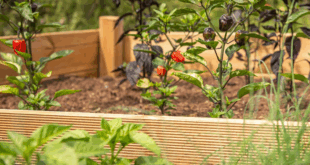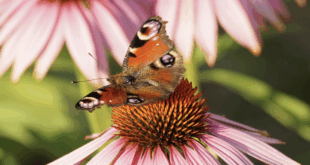When you have a child or children on the autism spectrum, making sure they have access to safe and accessible play areas may involve a little extra planning and work. But the effort required is usually more than worthwhile, given the difference it can make for a child on the spectrum to be able to plan and explore in a space customized to meet their needs. Most families of children with autism already have put a lot of thought and time into redoing their home interior to be autism-friendly. However, spending some time creating a fun outdoor space for your child can make a real difference for their overall well-being. If you’re mulling over how to redesign your garden to make it more accessible for a child on the spectrum, here are a few helpful ideas.
Make safety your number one priority.
You know your child’s unique needs and abilities better than anyone else, so think about what details need to be included in backyard design, to ensure their safety.
- Having good, durable, and attractive fencing is important so your child can explore freely without the risk that they will wander out – and protect your family’s privacy.
- Child-proof the entire backyard area, being mindful of such dangers as access to bodies of water, toxic materials or plants, electrical wires, sharp edges, or dangerous heights.
- When adding play equipment to the area, be sure it is solid, well-constructed, and rated for safety for your child’s age and abilities.
- No matter how much you have built safety into your outdoor yard design, never leave your child to play without supervision by a trusted and responsible adult.
Create sensory opportunities for your child.
Children on the autism spectrum may often benefit from access to sensory play that lets them explore different sounds, textures, and visual elements in a safe manner.
- Designing a sensory garden will give your child the opportunity to experience different colours, shapes, smells, textures, and even playing in the dirt and participating in planting things.
- Some children may also enjoy the experience of growing their own food in a vegetable garden – and this guide from the Gardener’s Club can help you to plan one.
- Setting up a sandbox can also give your child an opportunity for tactile play – and other toys and objects allowing for sensory exploration can be added, too.
- Since different children on the spectrum may have heightened sensitivity to different sensory experiences, you may want to de-emphasize certain elements that could trigger sensory overload – such as bright lights, loud noises, or certain textures.
Provide opportunities for your child to interact safely with nature.
For some autistic children, being in nature can have a calming effect, and even help them be more focused.
- Having trees in your garden can help provide shade and noise reduction while also keeping your child in contact with nature.
- Try to have some open, peaceful grassy areas where nature is uninterrupted – as long as the texture of grass doesn’t bother your child, of course.
- Create paths through your garden that will help your child be more comfortable and in control as they explore the natural world around them.
When making updates to your outdoor landscaping and design, keep in mind practical questions about property value, too. Certain alterations or improvements can boost your home’s value, but be careful about adding anything that could be viewed as an eyesore or as impractical. However, the updates you make to your home, indoor or out, to accommodate the needs of your child on the spectrum, may make your house safer and more appealing to many different people.
 Gardeners Club The Gardeners Club is a free to join online club for everyone with an interest in gardening and gardens.
Gardeners Club The Gardeners Club is a free to join online club for everyone with an interest in gardening and gardens.






